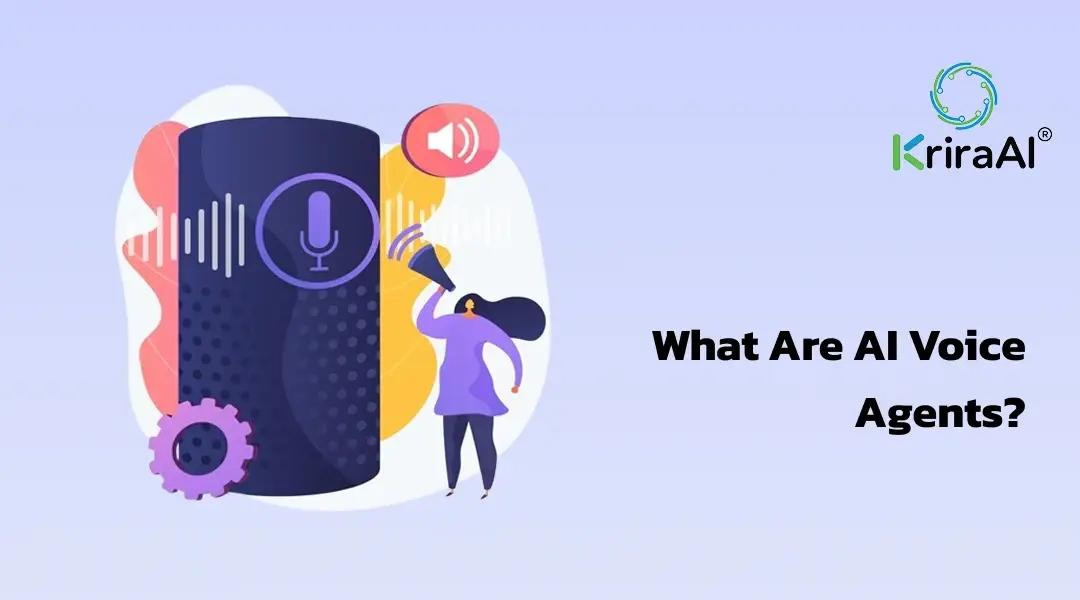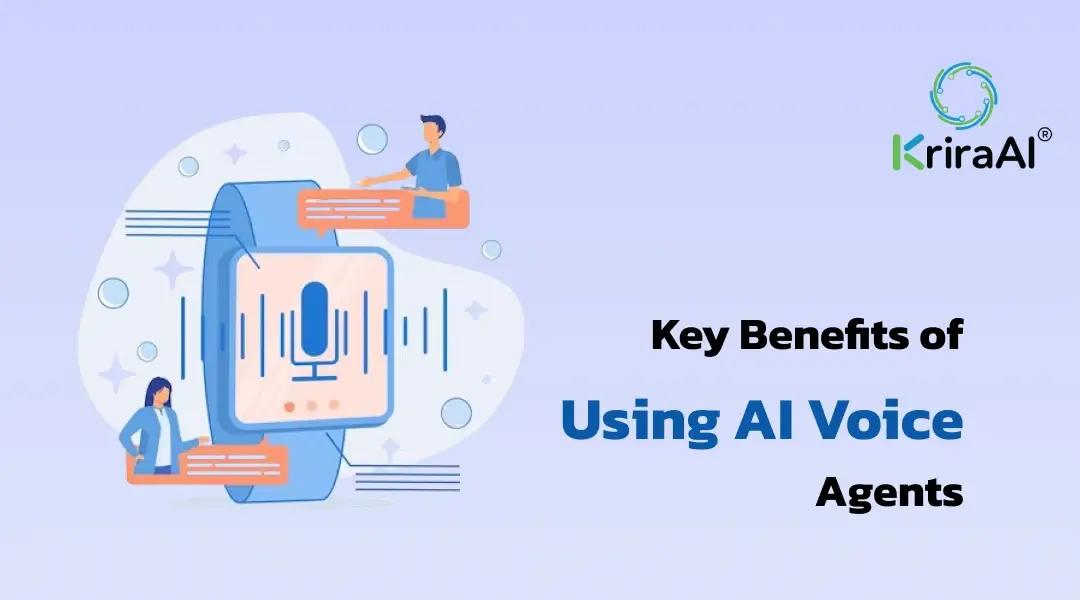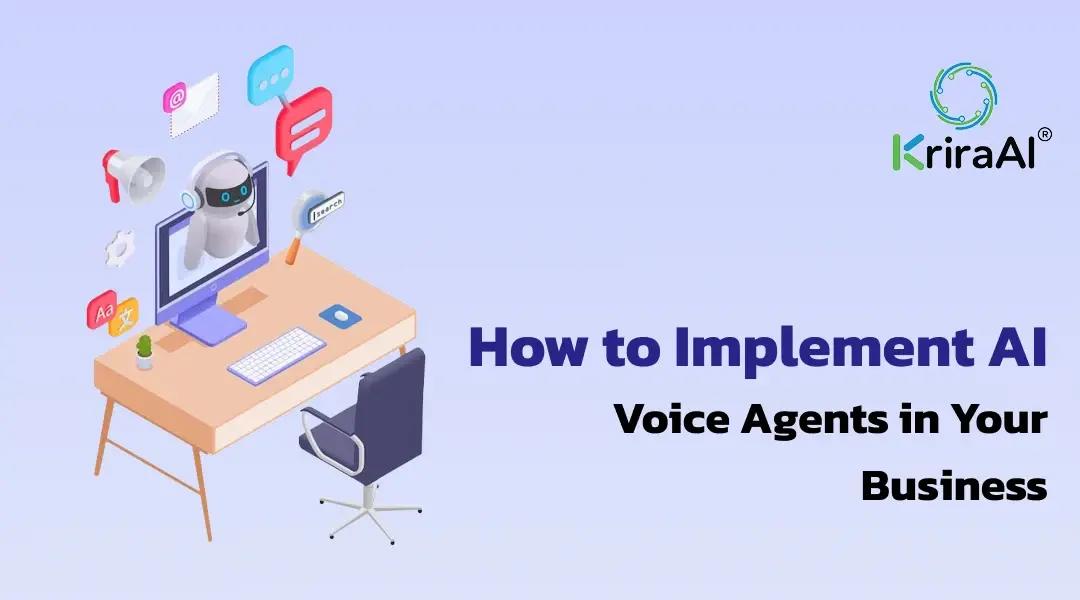AI Voice Agents: Transforming the Way We Interact
Remember when voice interfaces were a gimmick? A novelty reserved for sci-fi and smart speakers that couldn’t understand your accent?
Not anymore.
We’re living in a voice-first era, and it’s not about playing songs on command. It’s about transforming how companies operate, how customers engage, and how support scales. AI voice agents aren’t replacing humans—they’re freeing them up from robotic tasks.
I’ve spent the last three years helping businesses across India and the U.S. build intelligent, conversational voice systems. Here’s what I’ve learned: when you do it right, it doesn’t just feel magical—it becomes operationally essential.
Let’s break this down.
What Are AI Voice Agents?

An AI voice agent is a software-based voice assistant that uses artificial intelligence—especially natural language processing (NLP) and machine learning—to have real-time, spoken conversations with humans.
Think of it as a smarter, voice-enabled evolution of the chatbot—but with memory, context, and the ability to understand tone and intent.
Not just what was said… but why.
Unlike traditional IVR systems (“Press 1 for Sales…”), AI-powered voice assistants can hold contextual conversations, answer dynamic queries, and even learn from each interaction. They live across platforms—mobile apps, phone lines, web interfaces—and speak in multiple languages, often in natural human cadence.
How AI Voice Agents Are Reshaping Business Interactions
Let’s talk impact.
I’ve seen AI voice agents replace bloated call centers in SaaS companies, speed up patient onboarding in hospitals, and improve internal workflows in logistics firms.
Here’s what changes:
Customer Support: AI voice agent for customer support handles Tier 1 queries instantly—no hold times, no script fatigue.
Sales & Lead Qualification: Voice AI bots pre-qualify leads 24/7 and route warm ones to human reps.
Internal Ops: HR and IT helpdesks use voice automation with AI to answer repetitive internal queries.
And unlike chatbots, voice feels human. Natural. Efficient.
Key Benefits of Using AI Voice Agents

Here’s the real juice. The why behind all this hype.
24/7 Availability: Never off-duty. AI voice agents don’t sleep, and they don’t call in sick.
Cost Savings: One well-trained AI voice bot can do the work of five support reps on repeat questions.
Scalability: Got 10 calls or 10,000? Doesn’t matter. They scale without stress.
Personalization: AI voice agents use previous data to respond with context—“Welcome back, Rajesh. Do you want to repeat your last order?”
Multilingual Fluency: Especially critical in India—voice AI for call centers can switch from English to Hindi or Gujarati mid-call.
Top Industries Adopting Voice AI
Some industries were practically made for this:
Healthcare: Patient onboarding, appointment scheduling, post-care follow-ups.
Finance & Insurance: Fraud alerts, KYC updates, transaction status—handled conversationally.
E-commerce: Order tracking, returns, product queries.
Education: Voice-enabled tutors, attendance automation, FAQ handling for parents.
Customer Service: Across verticals, conversational AI voice agents reduce support load by up to 60%.
Real-World Use Cases and Success Stories
Let’s ground this in reality.
Case 1: A Mid-Sized Fintech in Mumbai
Problem: 3000+ support calls daily, high attrition, low CSAT Solution: We deployed a voice AI solution that handled 68% of incoming calls, in Hindi and English. Result: ₹2.4 Cr saved annually. CSAT up by 31%.
Case 2: D2C Brand in Delhi NCR
Problem: High return-related queries clogging human agents Solution: A multilingual AI voice bot that auto-handled refund policies, order tracking, and complaints. Result: 24x7 coverage, zero overtime cost, and happier customers.
Case 3: Healthcare App
Problem: Missed follow-ups and long onboarding. Solution: Voice-enabled AI systems for patient intake and medication reminders. Result: Appointment no-shows dropped by 19%.
Challenges and Limitations of Voice AI
I won’t sugarcoat it. Voice AI isn’t magic—it’s math and models.
Accent & Dialect Recognition: Still tricky, especially in tier-2 and tier-3 cities.
Context Limitation: Unless designed well, agents can’t always track long conversation threads.
Data Privacy: Voice = biometric data. You must stay compliant with regulations like GDPR or India’s DPDP Act.
Emotion Detection: Still developing. Most current voice AI can’t yet feel frustration—just words.
But these are solvable. Especially with expert tuning and localized testing. (Trust me, we’ve been through the fire.)
How to Implement AI Voice Agents in Your Business

Ready to start? Here's the blueprint I use with every client:
Define Your Objective: Is it call deflection? Sales support? Customer satisfaction?
Pick the Right Use Case: Don’t go full-scale first. Start with one high-impact area.
Choose a Platform: Custom-built vs API-based? Cloud vs on-prem?
Design Conversational Flows: Don’t wing it. This is the soul of the agent.
Train with Real Data: Feed real conversations. Not hypothetical ones.
Test & Monitor: Real users. Real accents. Real chaos.
Iterate: These agents learn—but only if you teach them.
Future Trends in AI Voice Interaction
Here’s where things get spicy:
Multimodal Voice AI: Voice + text + screen = seamless experience. Already happening in mobile apps.
Emotional Intelligence in Voice AI: Detecting stress or sarcasm and reacting accordingly.
Generative Voice AI: Dynamic response generation—no pre-written scripts.
Hyper-localized Voice Interfaces: Bhojpuri AI voice bots? Coming soon.
AI voice interaction trends show a massive uptick in autonomous voice agents that act—not just respond.
Conclusion
We’re not waiting for the future of communication.
We’re already talking to it.
AI voice agents are no longer a novelty—they’re infrastructure. And if you're not investing in it now, you're already behind.
I’ve built voice AI systems for companies that started skeptical and now can’t live without them. The transformation isn’t technical—it’s cultural.
Let’s stop typing and start talking.
FAQs
They combine NLP, speech recognition, and machine learning to understand and respond to voice inputs in real-time, adapting with every conversation.
Cost savings, round-the-clock support, multilingual capability, faster response times, and improved customer experience.
Chatbots rely on text; voice agents handle spoken language and require more advanced real-time processing, context management, and vocal feedback systems.
Yes. At KriraAI, we’ve trained AI voice agents in Hindi, Gujarati, Tamil, and Bengali for real-world use.
Costs vary by use case, but starting small with one department or function is often budget-friendly and offers quick ROI.

CEO
